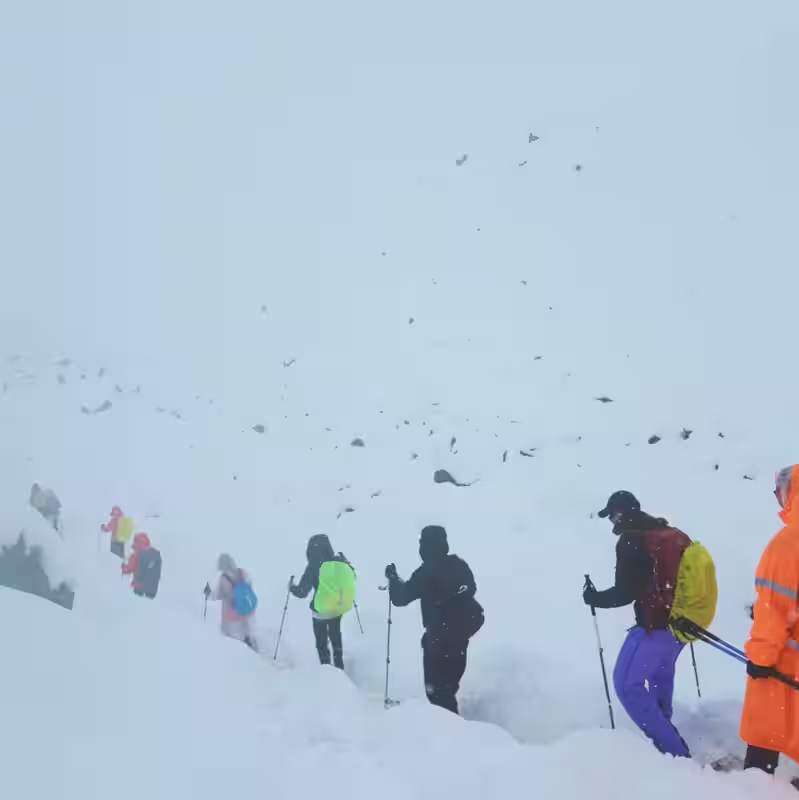Everest Hikers Trapped in Sudden Snowstorm
Hundreds of trekkers and climbers on Mount Everest were caught off guard this weekend when a fierce snowstorm swept through the Himalayas, burying tents, cutting off communication, and drastically reducing visibility. Local authorities in Nepal confirmed that they are in contact with the stranded hikers and have launched urgent rescue operations .
Table of Contents
- What Happened: The Sudden Onset of the Storm
- Rescue Efforts Underway
- Firsthand Accounts from the Mountain
- Mount Everest Safety: A Growing Concern?
- Sources
What Happened: The Sudden Onset of the Storm
The Everest hikers—many of them on the popular Everest Base Camp trek route—were hit by unseasonably heavy snowfall on Sunday, October 5, 2025. According to Nepal’s Department of Tourism, the storm struck without significant warning, dumping over two feet of snow in under 12 hours .
Tents at higher camps were completely buried, and trails vanished under whiteout conditions. With temperatures plunging below -20°C (-4°F), hypothermia and frostbite became immediate threats.
Rescue Efforts Underway
Nepalese officials, in coordination with local Sherpa guides and international mountaineering teams, have mobilized helicopters and ground crews for what could become one of the largest high-altitude rescue missions of the year.
“We’ve established radio contact with most groups between Gorak Shep and Camp II,” said Mingma Sherpa, a senior liaison officer with Nepal’s Ministry of Tourism. “Food and oxygen are limited, but morale remains stable for now.”
However, poor visibility has grounded many helicopters, forcing rescuers to rely on foot patrols and satellite phones to coordinate movements.
Key Facts: Everest Hikers Snowstorm Crisis
| Detail | Information |
|---|---|
| Estimated Hikers Affected | 300–400 |
| Location | Everest Base Camp Trek Route (4,900m–6,400m) |
| Snowfall Amount | 24+ inches in 12 hours |
| Rescue Status | Ongoing; weather-dependent |
| Reported Injuries | Minor frostbite cases; no fatalities confirmed as of Oct 6 |
Firsthand Accounts from the Mountain
Satellite messages from trekkers describe scenes of chaos and resilience. “We woke up to our tent collapsing under snow,” wrote German trekker Lena Müller in a message relayed via her guide. “We’re huddled together with three other groups, sharing stoves and blankets. No one’s panicking—but we’re running low on fuel.”
Local teahouse owners near Dingboche reported helping dozens of hikers take shelter, turning dining halls into emergency dormitories.
Mount Everest Safety: A Growing Concern?
This incident reignites debate over the commercialization of Everest treks and whether current safety protocols are sufficient for unpredictable weather events. Climate scientists have warned that the Himalayas are experiencing more volatile weather patterns due to global warming—a risk that tour operators may be underestimating .
While the Nepalese government requires all trekkers to carry emergency communication devices, enforcement remains inconsistent. Advocates are now calling for mandatory weather briefings and real-time monitoring for all Everest-bound groups.




